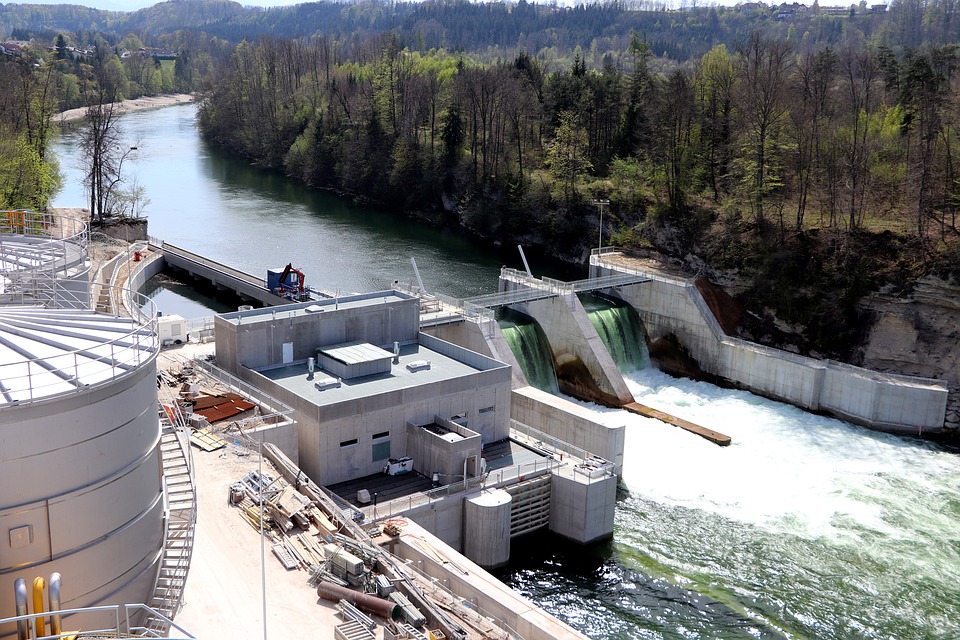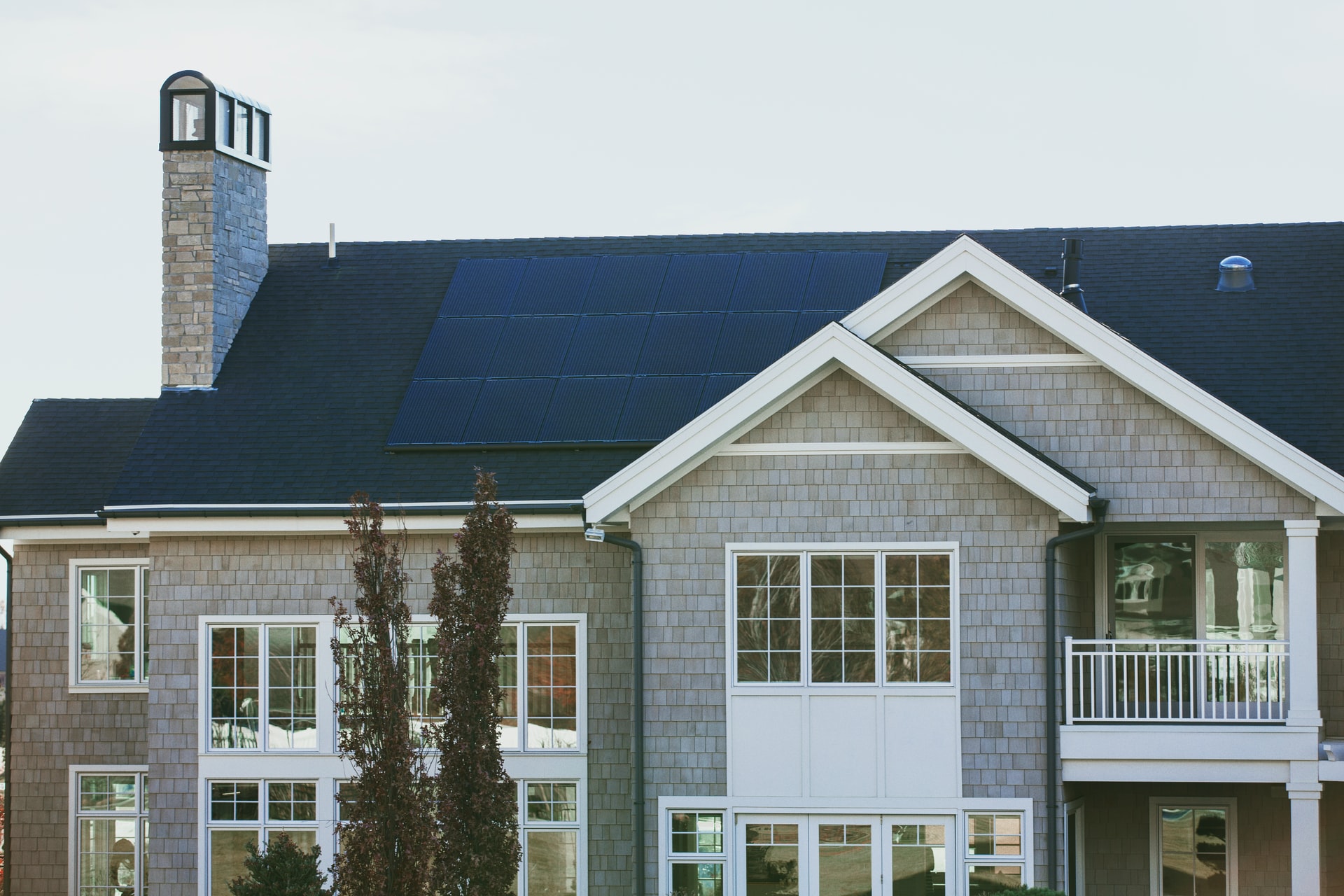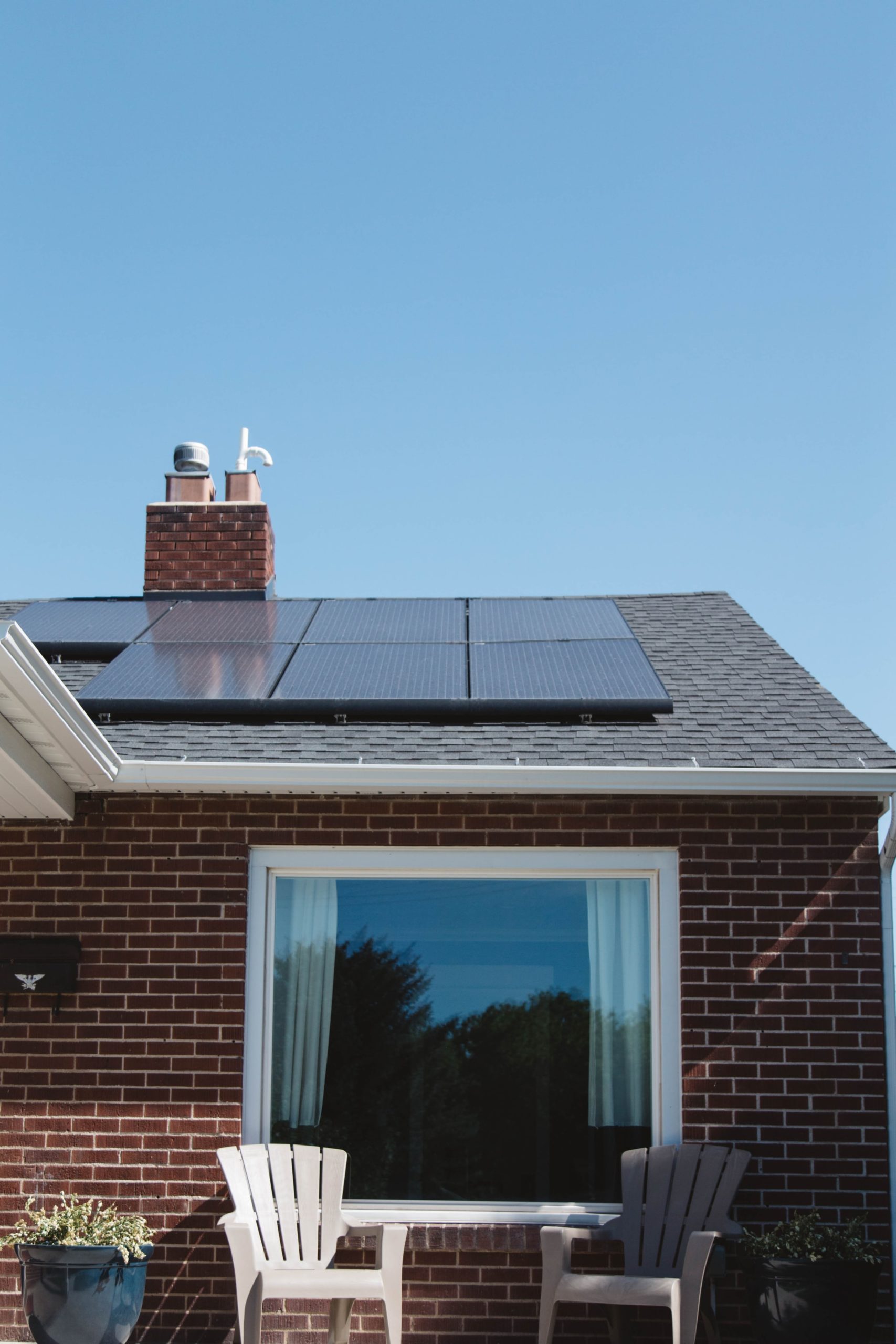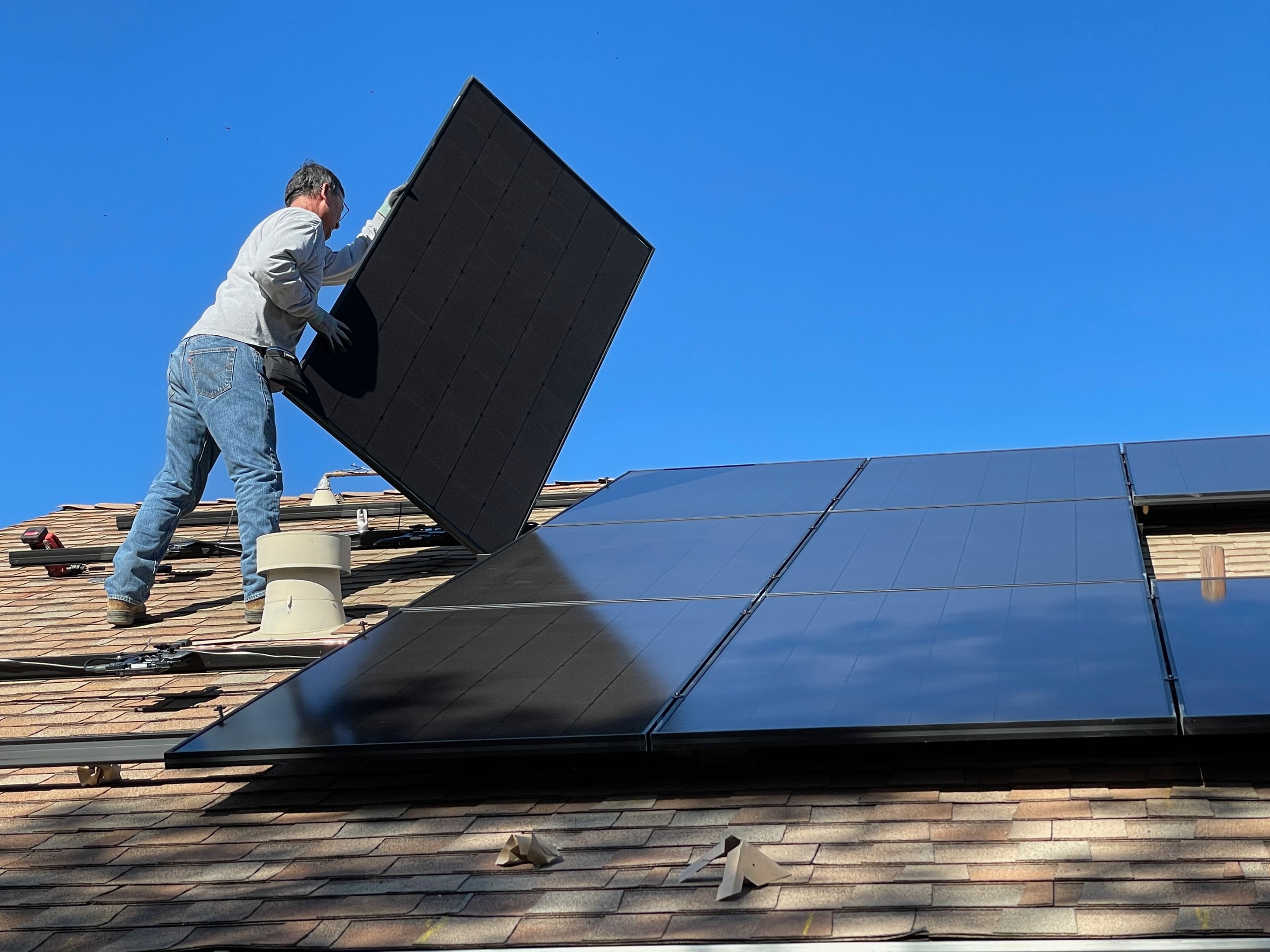In a world where the need for sustainable solutions has never been more urgent, renewable energy is a powerful force driving the transition towards a greener and more sustainable future. Harnessing the power of natural resources such as sunlight, wind, water, and biomass, renewable energy sources offer a clean and abundant alternative to fossil fuels. This article explores the remarkable potential of renewable energy in shaping a sustainable world and addresses the key benefits and advancements in this transformative field.
1. Solar Energy: Illuminating the Way to a Clean Future
Solar energy, derived from the sun, is one of the most promising renewable sources. The rapid advancements in solar technology, such as photovoltaic (PV) systems, have made it increasingly accessible and cost-effective. Governments worldwide have highlighted innovative solar projects or initiatives that significantly impact harnessing the sun’s power. The debate is on the benefits of solar energy, including its limitless supply, reduced greenhouse gas emissions, and potential for decentralized energy production.
2. Wind Power: Harnessing Nature’s Renewable Force
Wind power has emerged as a significant player in the renewable energy sector. Wind turbines convert the wind’s kinetic energy into electricity, providing a clean and reliable power source. Governments worldwide are exploring the advantages of wind energy, such as its scalability, low environmental impact, and job creation potential. The debate is on notable wind power projects or initiatives demonstrating wind energy’s vast potential and positive effect on local communities and economies.
3. Hydropower: Tapping into the Flow of Sustainable Energy

Hydropower, derived from the force of flowing water, has long been utilized as a reliable and renewable energy source. Large-scale hydropower projects, such as dams, reservoirs, and smaller run-of-river systems, contribute significantly to global renewable energy generation. One of the key advantages of hydropower is its ability to store and dispatch electricity according to demand, making it a valuable asset for grid stability. Hydropower projects often provide multiple benefits, including water supply, irrigation, and flood control.
In recent years, a growing focus has been on sustainable hydropower practices that minimize environmental impacts and address social considerations. Innovative approaches such as fish-friendly turbines and fish passages have been implemented to mitigate the effects of dams on aquatic ecosystems and fish migration. Furthermore, community engagement and partnerships with indigenous peoples have become central to developing hydropower projects, ensuring local participation and benefit-sharing.
Highlighting successful examples of sustainable hydropower projects can inspire further advancements in this field. For instance, the Lesotho Highlands Water Project in Southern Africa exemplifies a large-scale hydropower initiative that has improved water supply and hydropower generation and fostered regional cooperation and socio-economic development.
4. Biomass Energy: Utilizing Nature’s Organic Resources
Biomass energy plays a crucial role in the renewable energy landscape by utilizing organic materials to generate heat, electricity, and biofuels. It offers a sustainable alternative for waste management, as agricultural residues, forest waste, and dedicated energy crops can be effectively converted into valuable energy sources. Moreover, biomass energy systems can be integrated into existing infrastructure, making it a versatile option for large-scale and decentralized applications.
The benefits of biomass energy extend beyond energy generation. By utilizing organic waste materials, biomass projects contribute to reducing greenhouse gas emissions, promoting carbon neutrality, and improving air quality. Additionally, cultivating energy crops for biomass production can stimulate rural economies and provide income opportunities for farmers.
Innovative projects are demonstrating the efficient and sustainable utilization of organic resources to showcase the potential of biomass energy. Such projects address energy needs and promote sustainable agriculture and rural development. For example, India’s Biogas for Sustainable Energy and Agriculture project has implemented community-scale biogas plants, utilizing agricultural waste and livestock manure to produce biogas for cooking and electricity.
5. Geothermal Energy: Tapping into the Earth’s Natural Heat
Geothermal energy harnesses the Earth’s internal heat to produce electricity and heat buildings. Governments worldwide are exploring geothermal projects or initiatives that have successfully tapped into this renewable energy source. They are discussing the benefits of geothermal energy, including its reliability, minimal environmental impact, and potential for direct-use applications.
Conclusion
Renewable energy catalyzes positive change in our quest for a sustainable world. By embracing solar, wind, hydropower, biomass, and geothermal energy sources, we have the power to reduce carbon emissions, mitigate climate change, and create a cleaner and more resilient future. The importance of transitioning to renewable energy cannot be overstated. It is an environmental imperative and an opportunity for economic growth, job creation, and improved quality of life. Together, let us harness the transformative potential of renewable energy and pave the way to a sustainable world.




